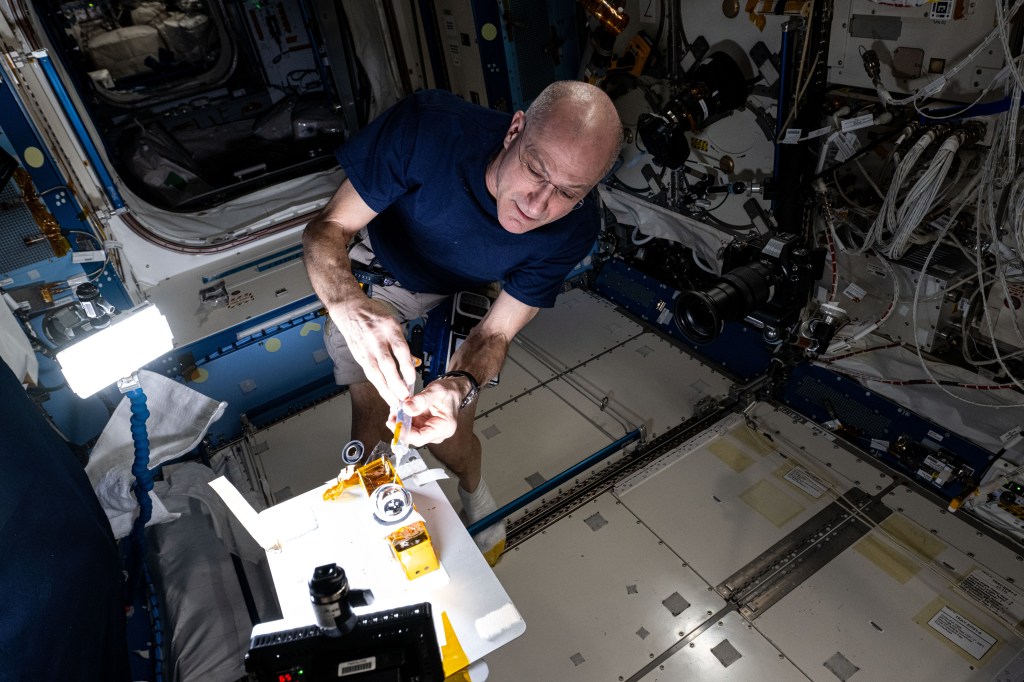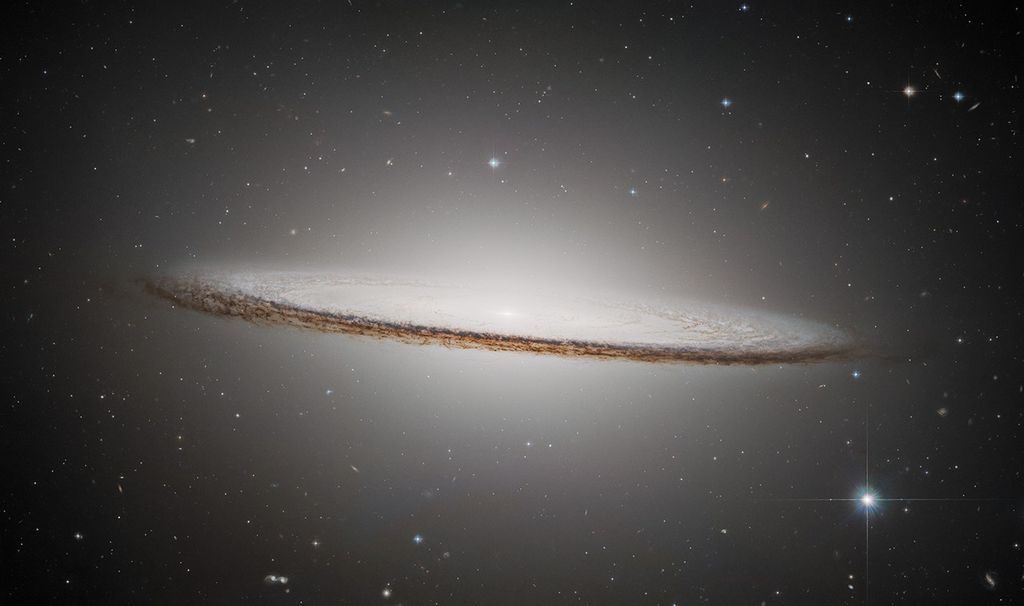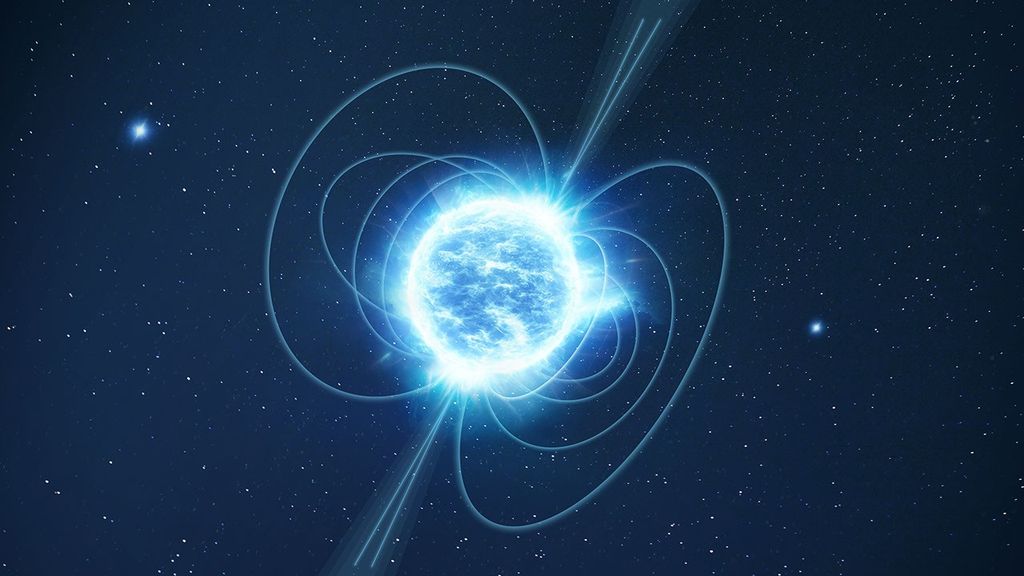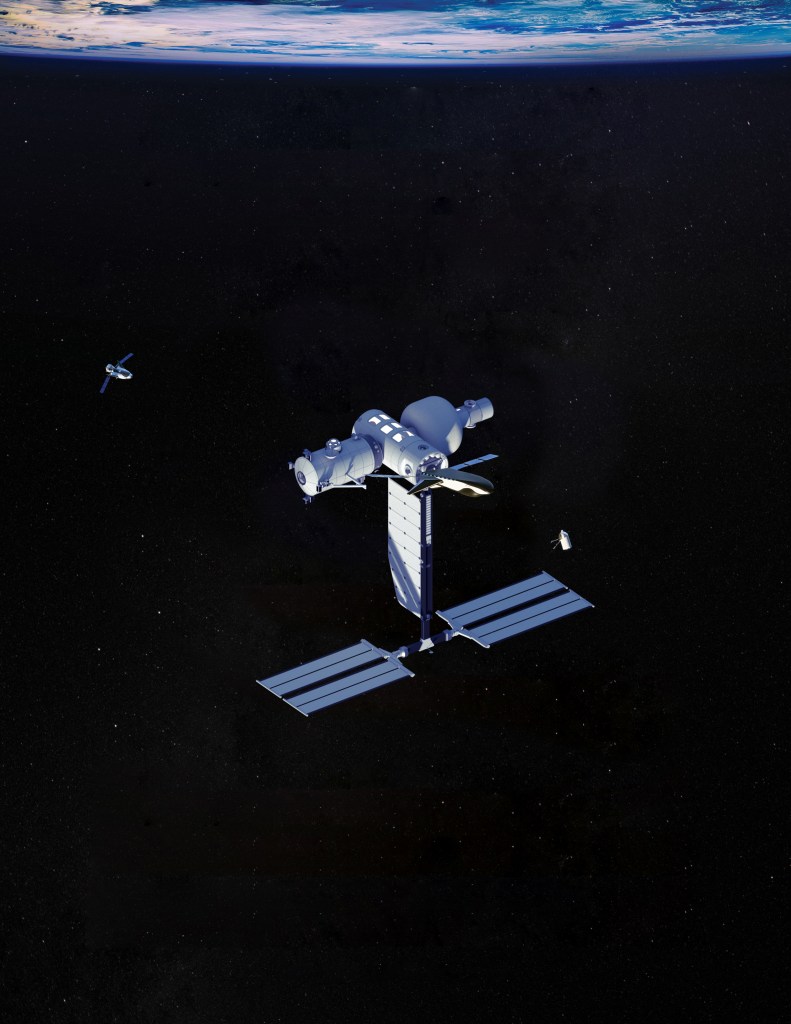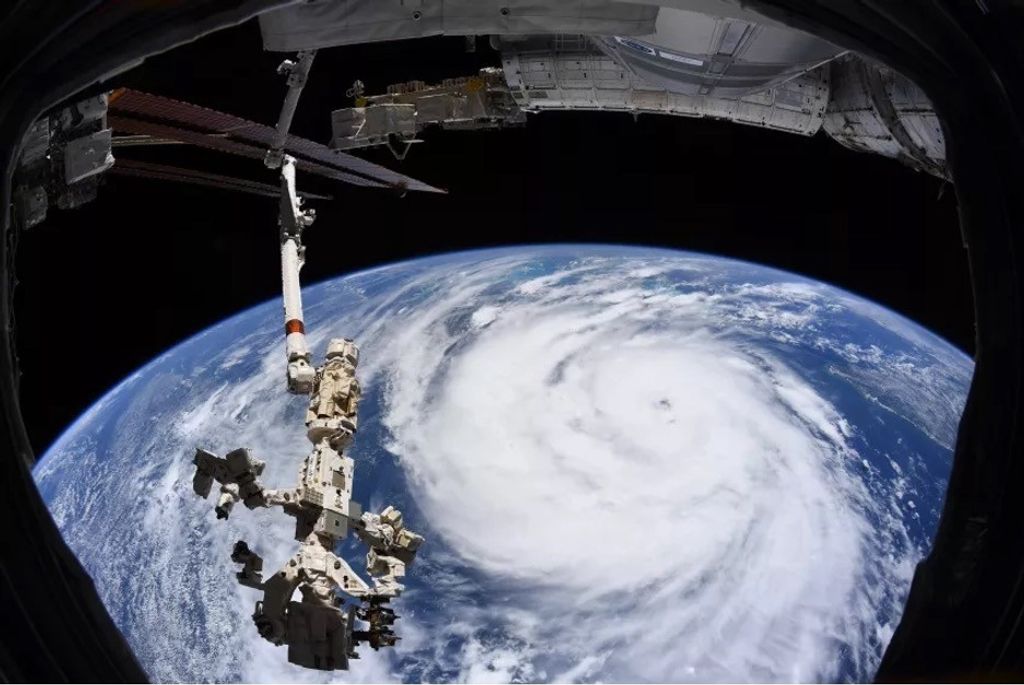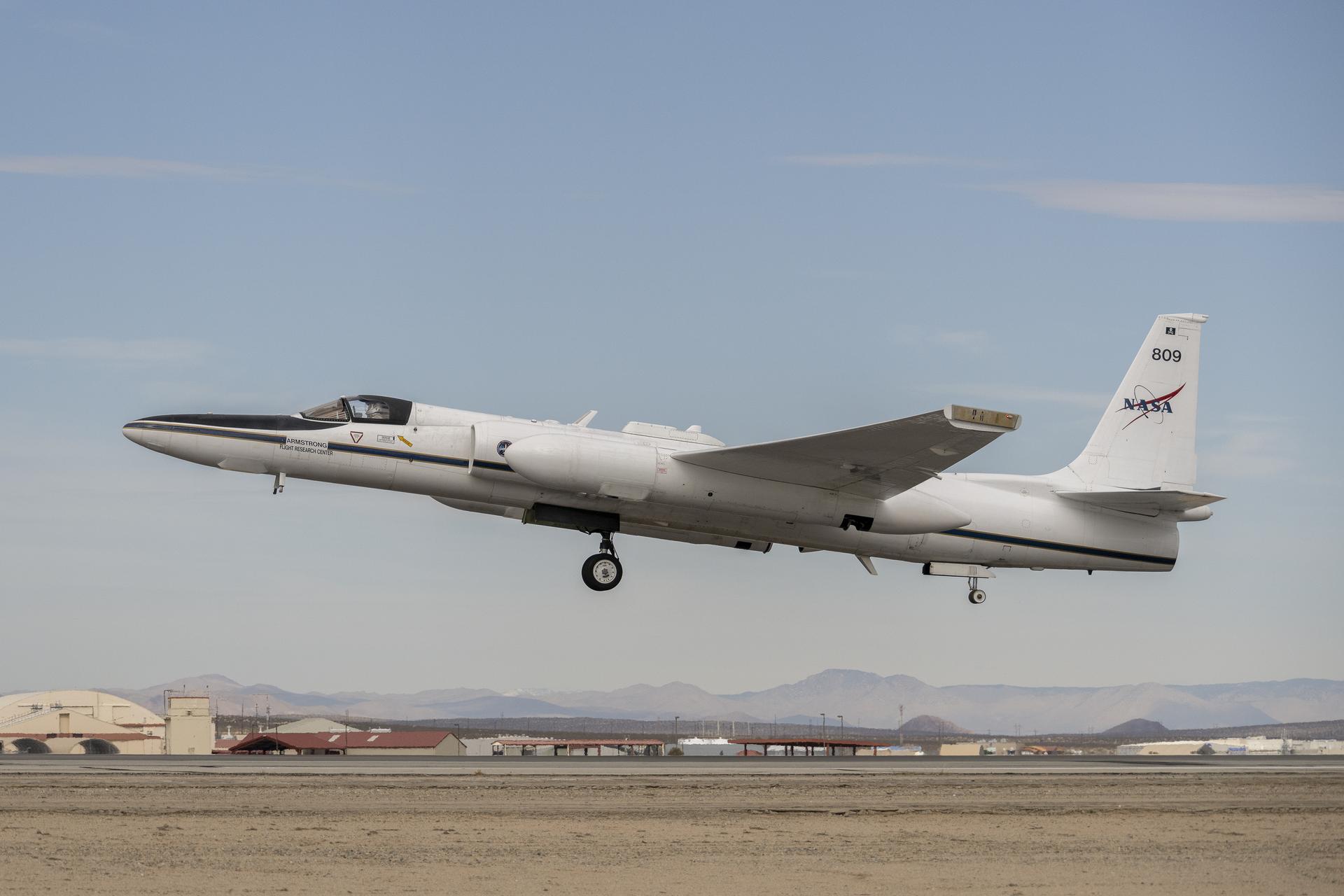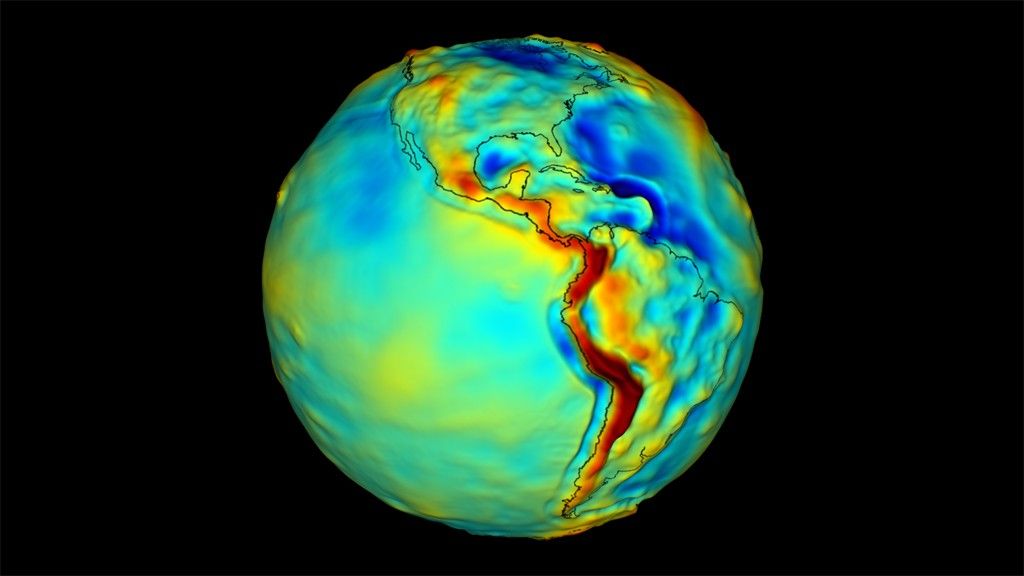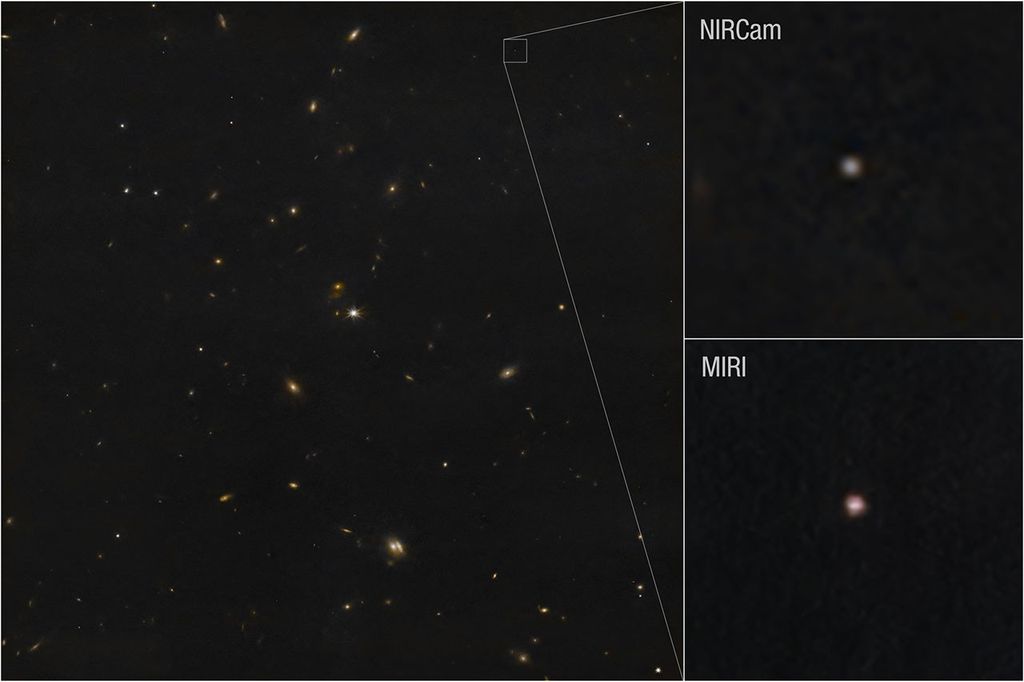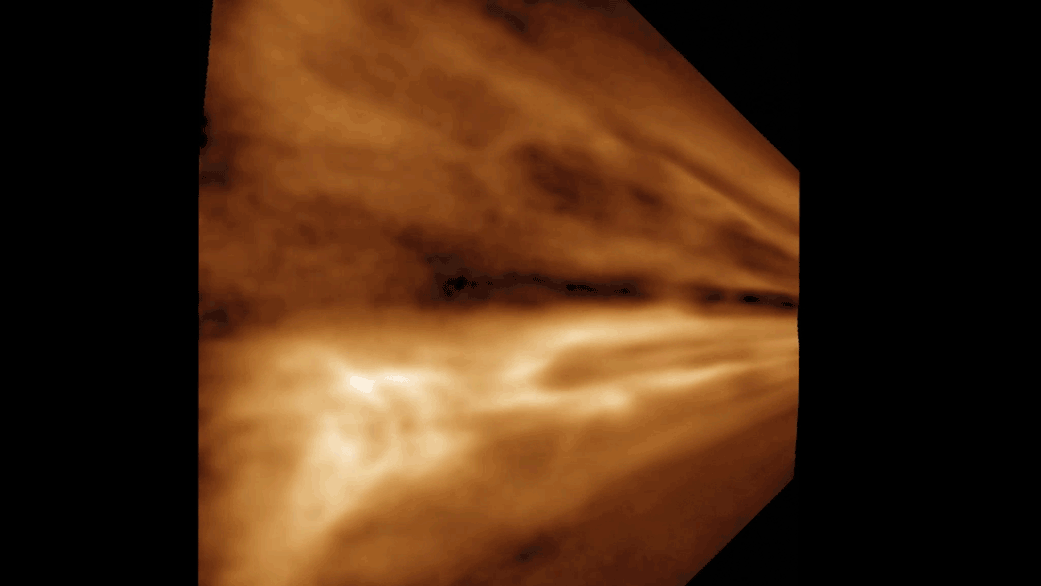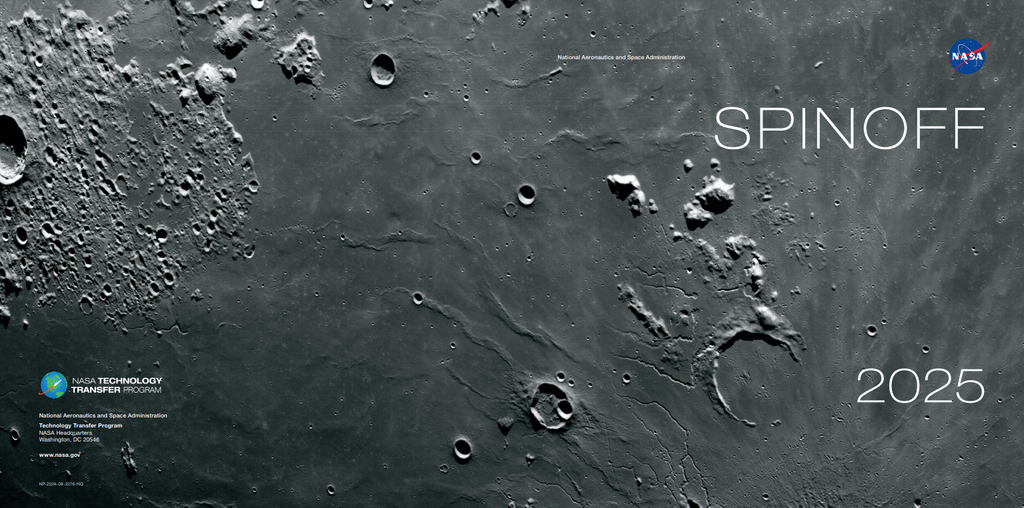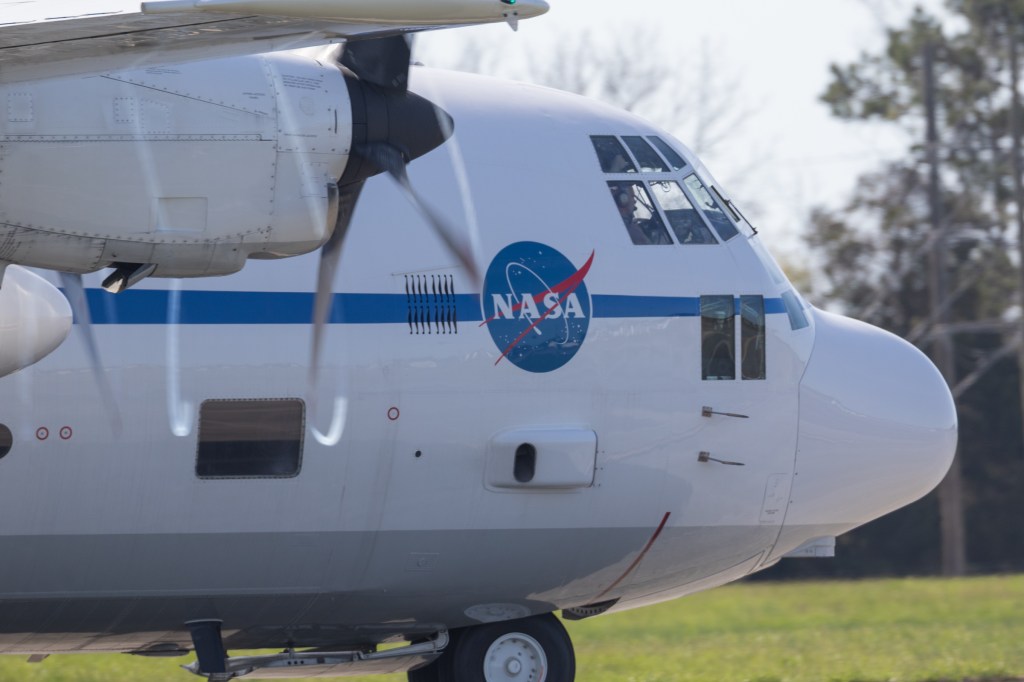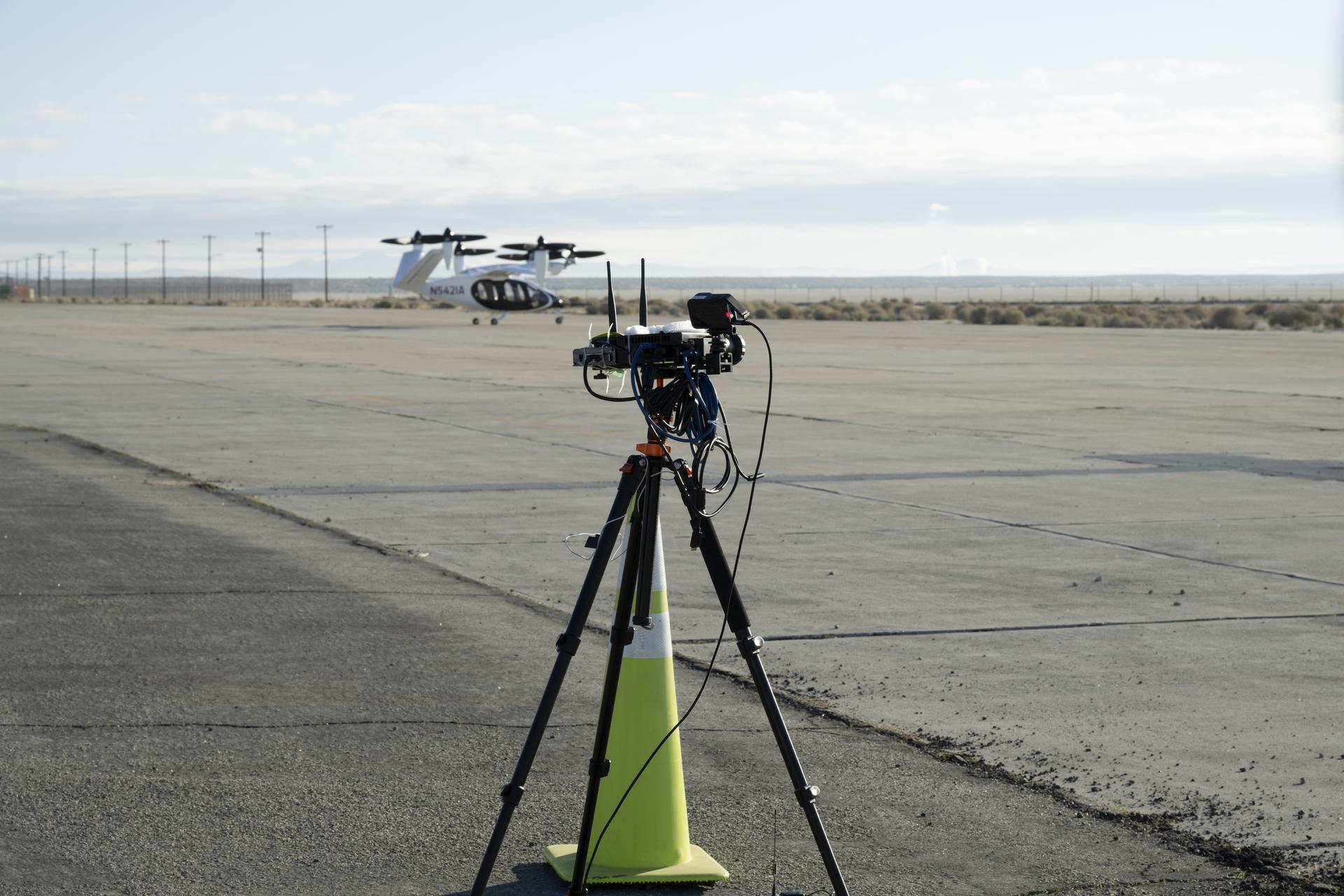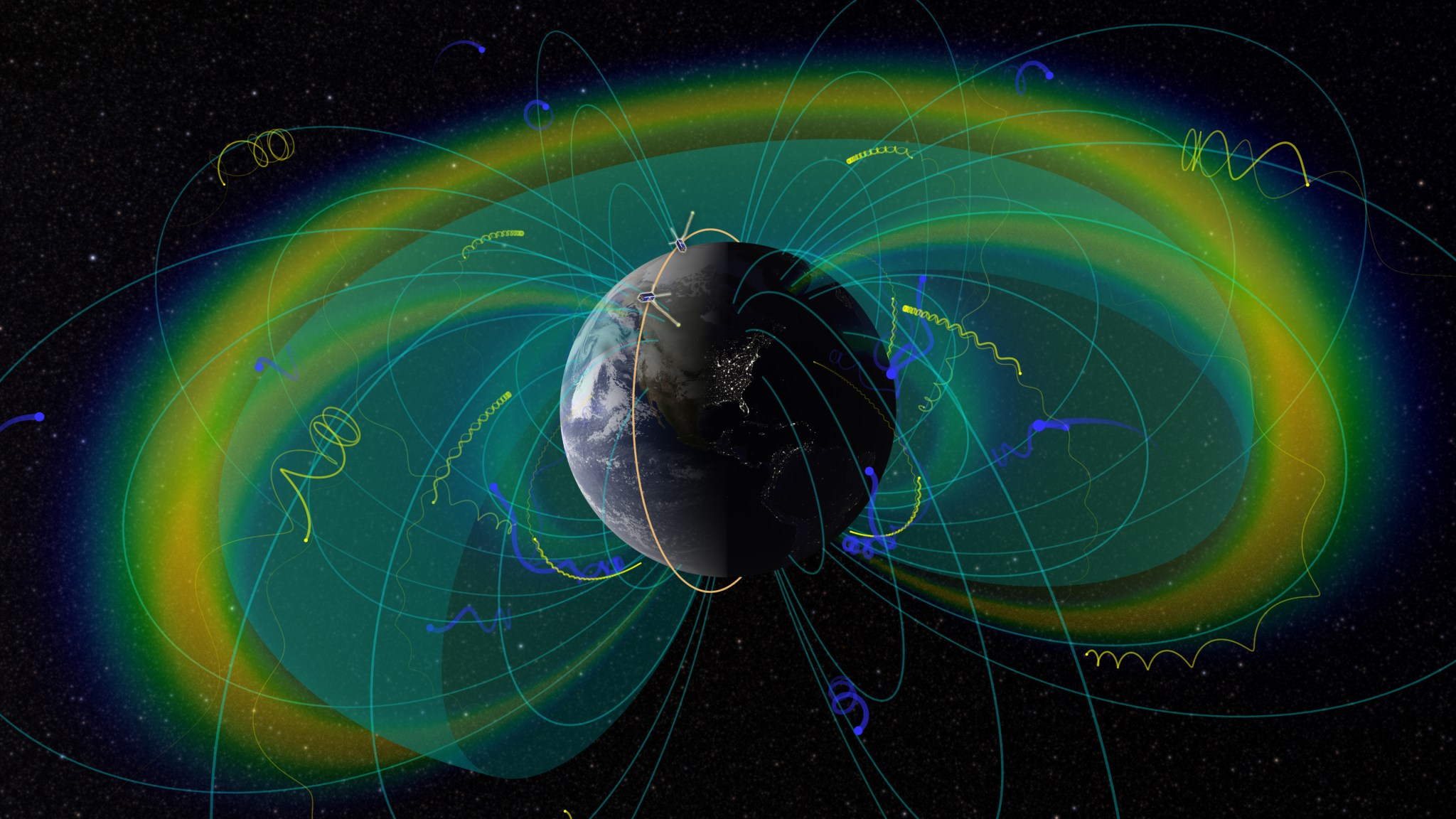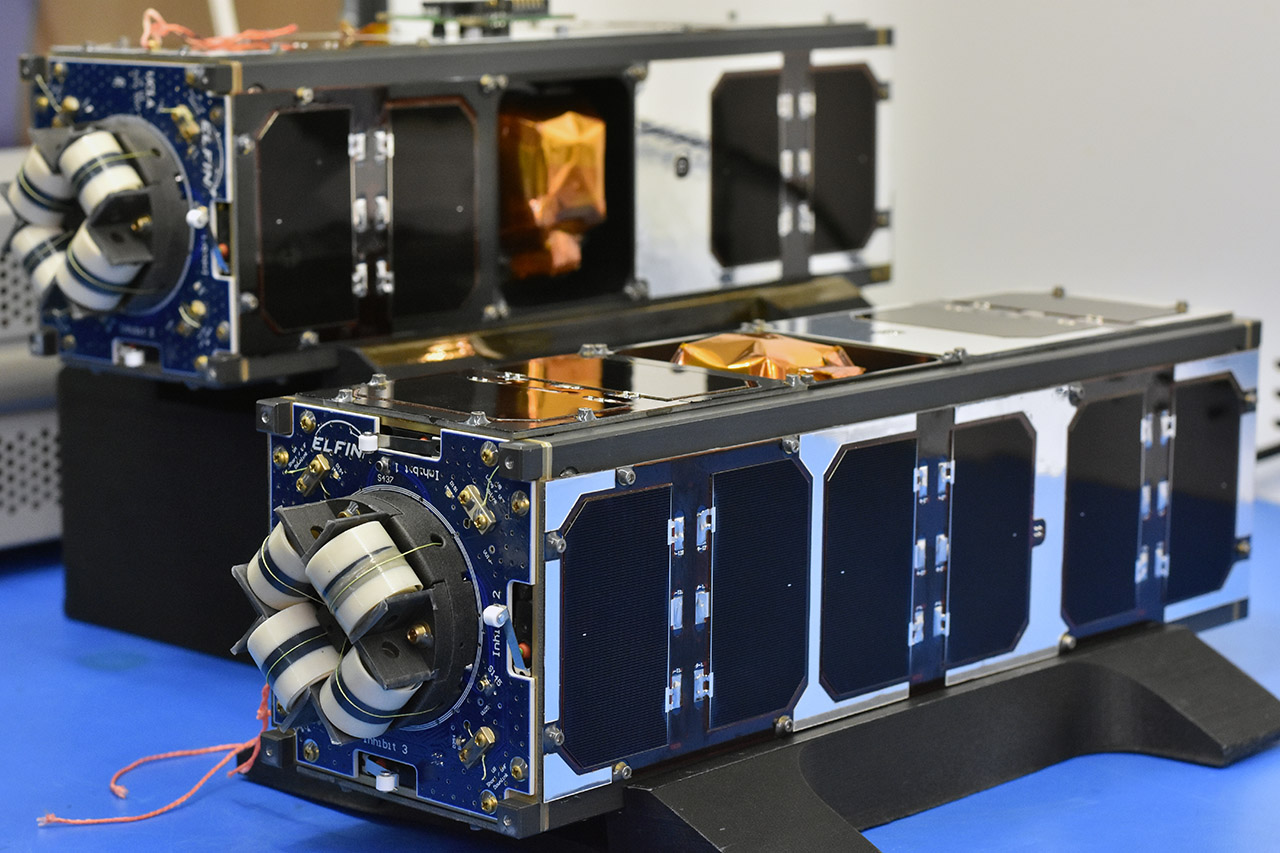Three hundred and ten miles above our planet’s surface, near-Earth space is abuzz with action. Here begin the Van Allen Belts, a pair of concentric rings of fast-moving particles and intense radiation that extends more than 30,000 miles farther into space. For the most part these particles are confined to this special region, spiraling along Earth’s magnetic field lines. But sometimes they come too close and crash into our atmosphere — creating the eye-catching diffuse red aurora, but also potentially interfering with critical communications and GPS satellites that we depend on every day.
A new CubeSat mission called The Electron Losses and Fields Investigation, or ELFIN, will study one of the processes that allows energetic electrons to escape the Van Allen Belts and fall into Earth. ELFIN is set to launch from the Vandenburg Air Force Base in California on Sept. 15, 2018.
When magnetic storms form in near-Earth space, they create waves that jiggle Earth’s magnetic field lines, kicking electrons out of the Van Allen Belts and down into our atmosphere. ELFIN aims to be the first to simultaneously observe this electron precipitation while also verifying the causal mechanism, measuring the magnetic waves and the resulting “lost” electrons.
Credits: UCLA
Funded by NASA, The National Science Foundation, and industry partners, ELFIN is a CubeSat mission. CubeSats are small and lightweight satellites, measured in standardized 10-by-10-by-10 cubic centimeter units, that are comparatively quick to develop and come with a price tag at a fraction of larger satellite missions. ELFIN uses two identical 3U, or 3 cubic unit, CubeSats — both about the size of a loaf of bread. By using two satellites instead of one, ELFIN will be able to measure how the precipitated electrons vary across space and time. Designed, built and tested by a team of 250 UCLA students over five years, ELFIN will be the first satellite developed, managed and operated entirely by UCLA. A key advantage of CubeSats is that they allow an inexpensive means to engage students in all phases of satellite development, operation and exploitation through real-world, hands-on research and development experience.
Small satellites, including CubeSats, are playing an increasingly larger role in exploration, technology demonstration, scientific research and educational investigations at NASA. These miniature satellites provide a low-cost platform for NASA missions, including planetary space exploration; Earth observations; fundamental Earth and space science; and developing precursor science instruments like cutting-edge laser communications, satellite-to-satellite communications and autonomous movement capabilities.
On launch day, ELFIN will hitch a ride as a secondary payload on a Delta II rocket with NASA’s Ice, Cloud and land Elevation Satellite-2, or ICESat-2 mission. ICESat-2 will measure the thickness of ice sheets, glaciers, sea ice and more to document how Earth’s cryosphere — the frozen water part of the Earth system — is changing over time.
Related:
By Miles Hatfield
NASA’s Goddard Space Flight Center, Greenbelt, Md.


